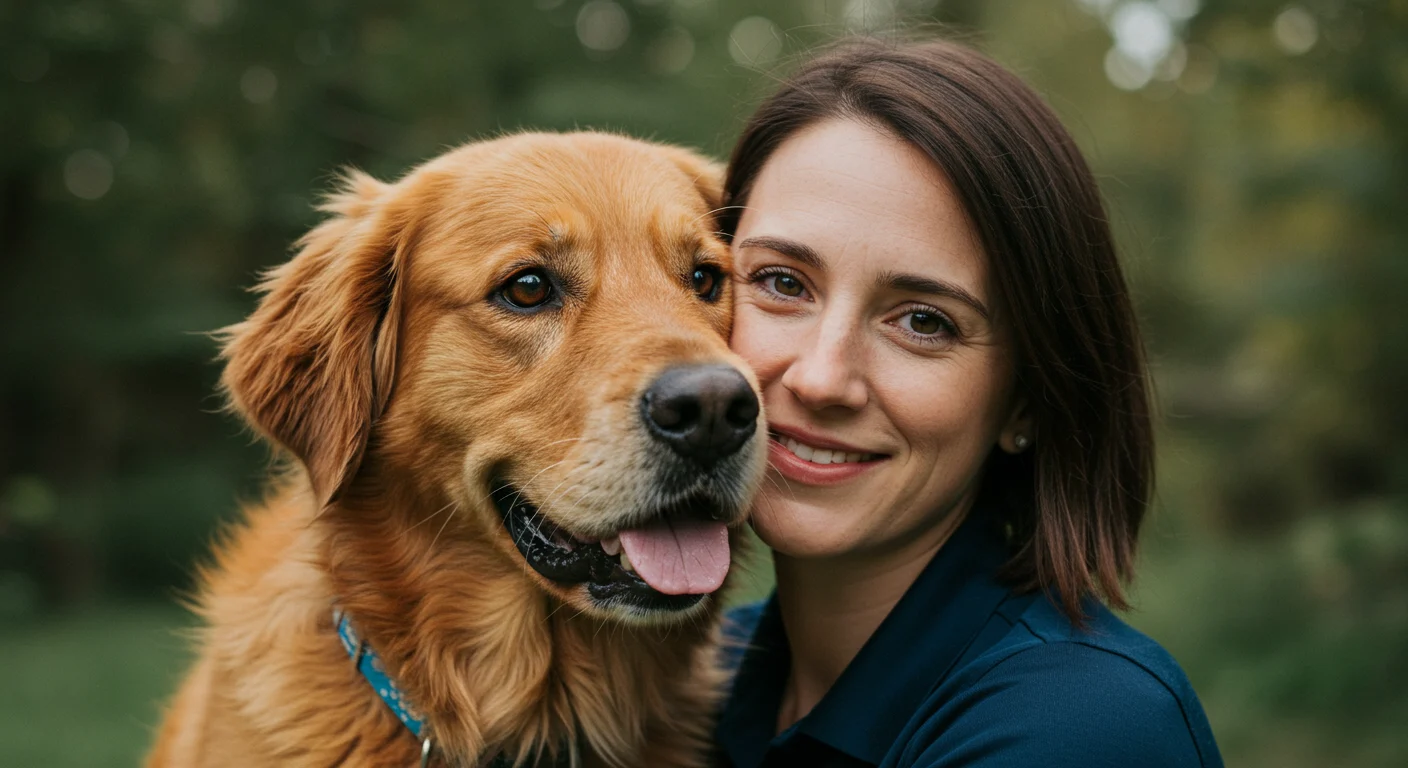
Is Pet Insurance for Older Dogs Worth It? A 2025 Guide
Senior dogs aren’t fragile—they’re seasoned. But the vet bills? They can pile up overnight. If you’re eyeing pet insurance for older dogs, the goal isn’t the cheapest plan. It’s the one that still says “yes” when the big stuff hits. Here’s how I’d look at it, without the fluff.
Aging changes the math—here’s what insurers really look at
Here’s the thing—after about age seven or eight, companies price in higher risk. Premiums rise, waiting periods matter more, and pre-existing rules get strict. When you shop for pet insurance for older dogs, expect underwriters to ask for medical records, sometimes a recent exam, and they’ll dig for anything that hints at a chronic issue.
They’re not being mean; they’re managing odds. Big breeds with joint history? They’ll flag it. Recurring ear infections? Also flagged. The key is understanding which conditions they consider “curable” (and potentially cover later) versus lifelong problems that are excluded for good.
Coverage that actually helps older pups
Believe it or not, most plans look similar at a glance. The real difference shows up at claim time. For seniors, I want robust coverage for diagnostics (bloodwork, X-rays, ultrasound, MRI), specialist visits, prescription meds, rehab/physio, and dental illness—not just accidents. If the plan excludes exam fees, that’s a quiet drain on your wallet; you pay those at every visit.
Wellness add-ons sound nice, but for older dogs, sick-care coverage usually matters more than routine care. If you’re deciding between a wellness rider and a higher annual limit, I’d pick the limit. It’s the difference between covering a teeth cleaning and covering a $3,800 pancreatitis weekend.
Price, deductibles, and the sweet spot
Let’s be honest: pet insurance for older dogs isn’t cheap. Depending on breed and zip code, you might see $50–$150+ per month. The trick is balancing your deductible, reimbursement, and annual limit so the plan actually saves you money when something serious hits.
I’ve found a practical sweet spot for seniors: a $250–$500 deductible, 80–90% reimbursement, and at least a $10k annual limit. Go lower on the deductible if your dog needs frequent care; go higher if you mainly want protection from big, rare bills. If your dog has a chronic condition already excluded, consider dialing down reimbursement and dialing up the annual limit—you’re insuring against the next surprise, not the past one.
Fine print that trips people up
Some policies have bilateral condition clauses—if one knee tears, the other knee might be considered pre-existing, even if it’s fine today. Watch for per-incident caps (they’re rare now, but still pop up) and long waiting periods for orthopedic issues. Also, exam-fee exclusions and “first visit” requirements can quietly reduce payouts if you miss a step.
Age caps matter too. A few companies won’t enroll new pets past a certain age, but they’ll usually keep covering an enrolled pet. If a plan won’t take new seniors, that’s a sign to apply now rather than waiting another birthday.
Pre-existing conditions: what’s realistic
Pre-existing means signs or symptoms before your policy (or during waiting periods). Most carriers won’t cover chronic, ongoing problems that started earlier. But here’s a hopeful twist: many consider short-term, curable issues (like a one-off UTI) “cured” after a symptom-free window, which can restore coverage. For orthopedic stuff, some waive long waits if your vet does an exam proving healthy joints. It’s not a loophole; it’s how the better policies handle real life.
When you’re comparing, skim the sample policy for the pre-existing section, the look-back period, and any bilateral language. That five-minute read can save you a year of headaches.
Want a shortcut? Here’s what I’d do
Get quotes from two or three strong carriers side-by-side, then read each sample policy’s pages on pre-existing conditions, exam fees, annual limits, and orthopedic waits. If a plan looks cheap but hides exclusions, skip it. If it’s a touch pricier but pays for diagnostics and specialist care without fuss, that’s your keeper.
If you want my curated picks, pop open a new tab and search for Consumer's Best senior dog insurance reviews. I keep it simple, honest, and focused on the policies that consistently pay out for real seniors—not just on paper. And if you’re still on the fence, try a quote while your dog’s record is quiet. Waiting rarely makes coverage easier.







